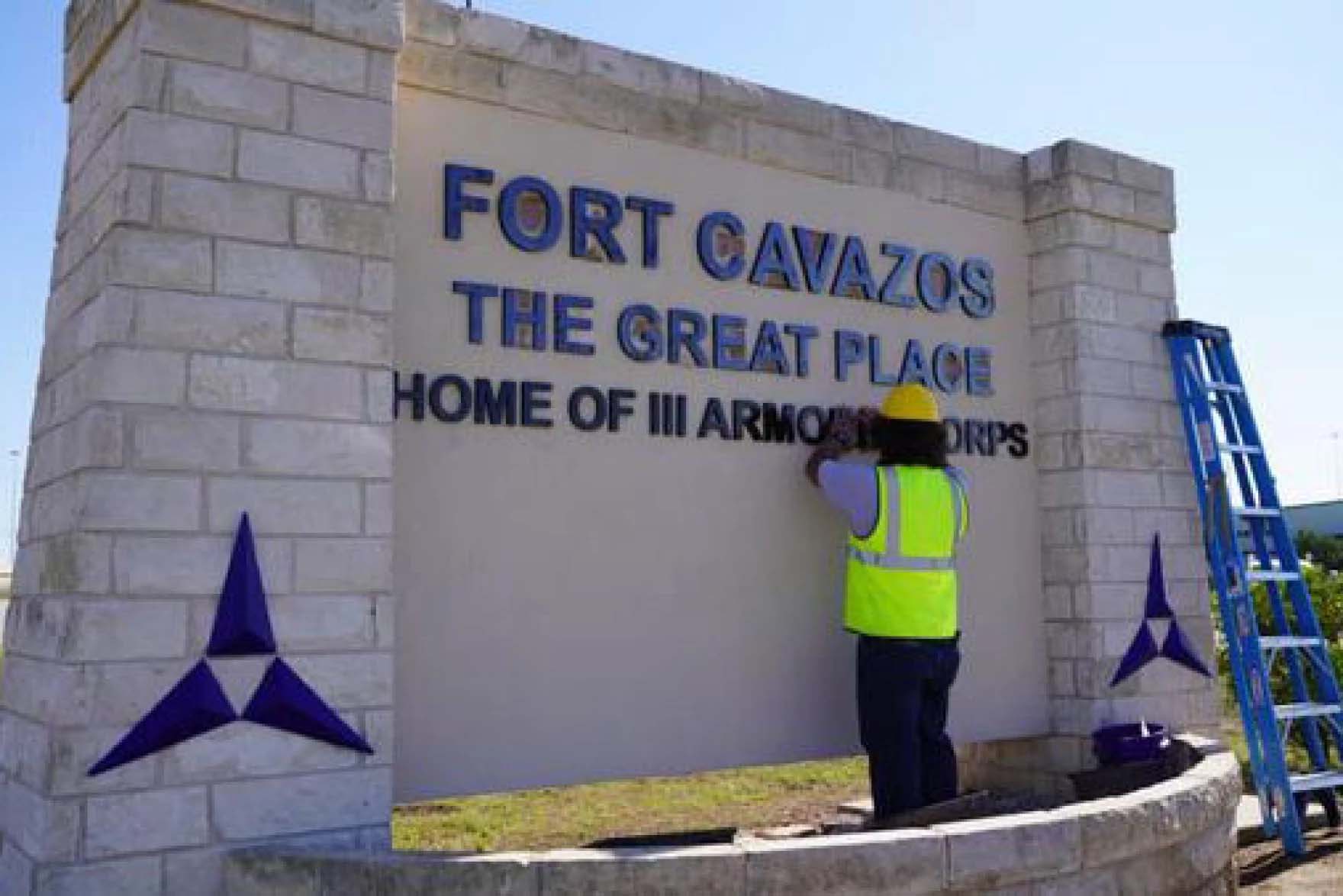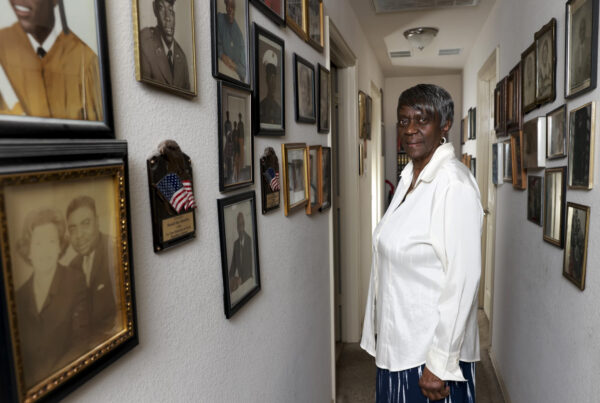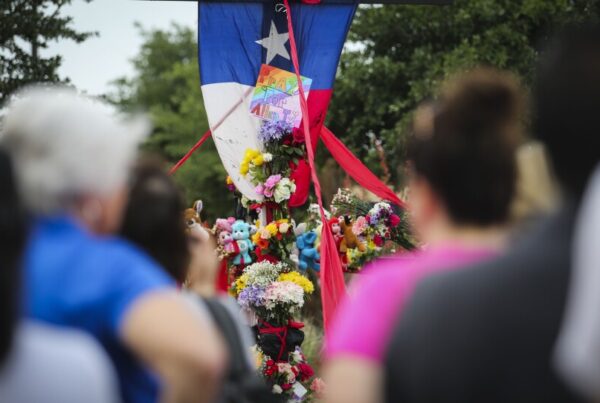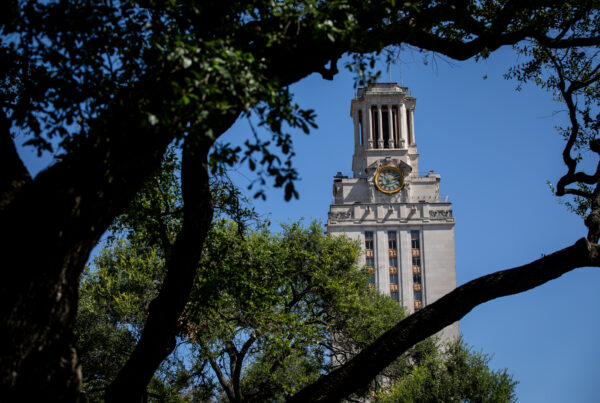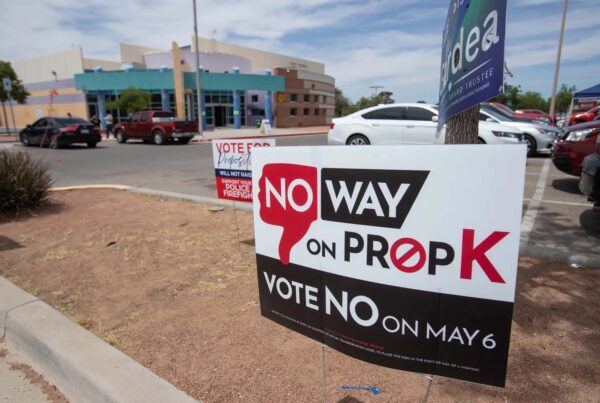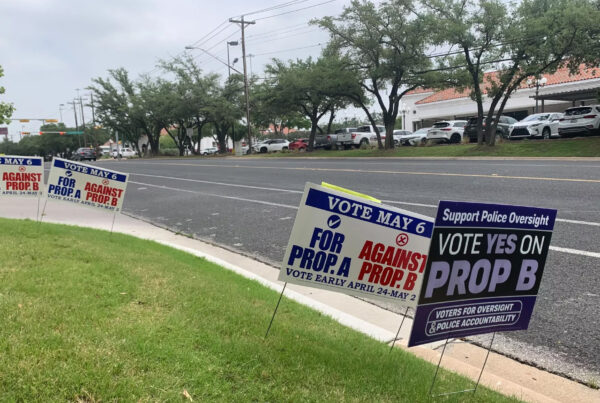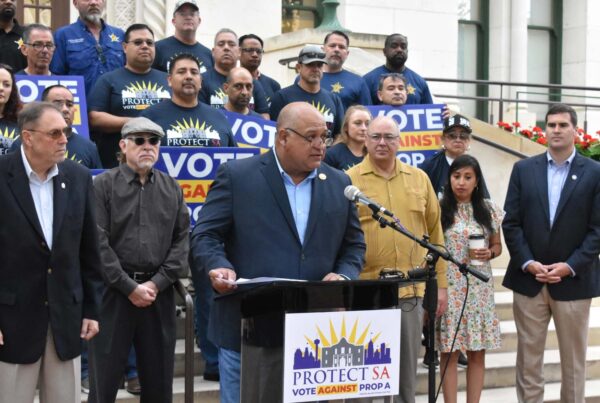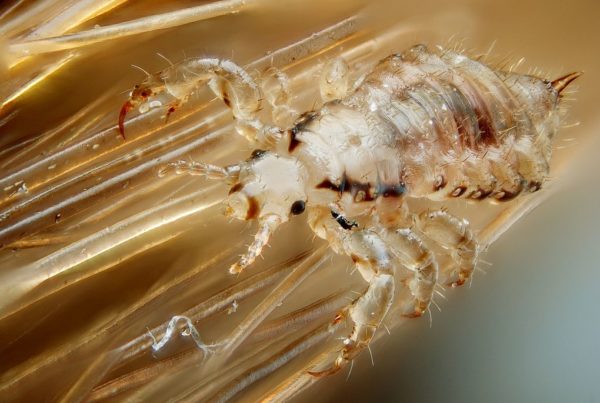From the American Homefront Project:
Born to Mexican American parents in Kingsville, Texas, Richard Cavazos grew up on a cattle ranch. He served in the Army in both Korea and Vietnam. Cavazos’ bravery earned him two Distinguished Service Crosses, a Silver Star, and a host of other decorations.
He also served as Fort Hood’s senior leader from 1980 to 1982.
“What comes to mind with General Cavazos is the word humility,” said Jorge Haynes, a veterans committee member with the League of United Latin American Citizens. “He was very humble.”
To Haynes, Cavazos is a shining example of Latino military service.
“I think it’s a sense of patriotism,” he said, “wanting to give back for what this country has given us. It’s embedded in our culture — service to your community and service to your country.”
Hispanic and Latino service members make up about 17 percent of the active duty military. For some who have served, renaming the base is about reshaping the future as well as honoring the past.
“Renaming the bases is a great thing, especially to honor a Hispanic individual who contributed so much to his country. But it doesn’t change the fact that Fort Hood really needs to transform. The culture there has been toxic for many years,” said retired Air Force Colonel Lisa Carrington Firmin of the Hispanic Veterans Leadership Alliance, a group that promotes Hispanic diversity in the military’s senior ranks.
Some of those issues came to the surface in 2020, when Vanessa Guillén, a Latina soldier, was killed on base. Before her death, she told her mother that a fellow soldier was sexually harassing her, but that she was afraid to report it.
The death of Guillén – along with several other soldiers, many of them Latino – raised questions about the climate at Fort Hood. An Army review found base leadership fostered an environment that allowed sexual assault, harassment, and violence to go unchecked.
“Let’s make it safe for everyone that serves. We need to make that the new mission at Fort Cavazos,” Firmin said.
That’s also the hope of one member of the commission that recommended the new name. Congress charged the commission with relabeling nine bases whose previous names honored the Confederacy.
For commissioner Lawrence Romo, renaming Fort Hood for a Latino veteran is more than just a symbolic gesture. Instead, it’s about teaching younger generations what good leadership looks like.
“When you look at Cavazos, the epitome of a soldier’s soldier, that’s going to help the culture. Because when people learn about General Cavazos and say, ‘I want to be like him,’ they have a positive role model instead of some traitor who didn’t care for the United States of America,” Romo said.
AnaLuisa Carrillo-Tapia of the League of United Latin American Citizens protested alongside the Guillén family when their daughter went missing. She also helped pressure the Army to properly investigate the soldier’s death and has lobbied for reforms that make it safer for soldiers to report abuse.
For Carrillo-Tapia, the name change is another step in the right direction. But she said shifting the culture of the base requires service members to come together and participate.
“Call it what you want to call it,” Carrillo-Tapia said. “We want to call it justice. We want to call it unity. A new era. We want it to usher in a hopeful, yet engaged future where none of our service members encounter military sexual trauma, sexual harassment, or worse.”
Fort Hood and the Army have changed how they handle sex crimes and other criminal investigations. They’ve also tried to encourage leaders to better care for their soldiers and build unit cohesion.
Carrillo-Tapia is optimistic those measures will improve the atmosphere on base – something which she said will benefit all troops.
“Things are changing,” she explained. “This is not a race. This is going to be a marathon — a lifelong marathon.”
This story was produced by the American Homefront Project, a public media collaboration that reports on American military life and veterans.


